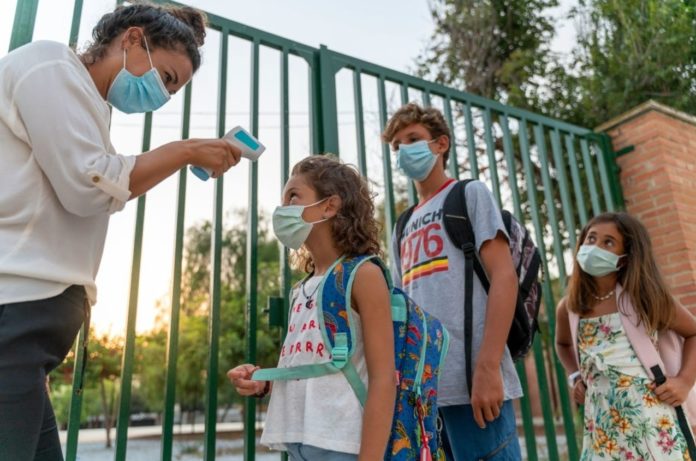While there were no COVID-19 vaccines available at the time, facemask use quickly emerged as one of the most effective nonpharmaceutical risk mitigation strategies for preventing the spread of the virus. Facemask use continues to play a critical role in the prevention of the highly contagious SARS-CoV-2 virus and its variants, even after the emergency approval of three COVID-19 vaccines.
While evidence has accumulated since March 2020 that wearing face masks can significantly reduce the risk of COVID-19 transmission through droplets and airborne transmission, public acceptance of face masks in the United States has varied dramatically, with low mask-wearing compliance being the norm.
Many factors contributed to the phenomenon of noncompliance with mask-wearing, including the fact that it had not been a prior norm in the United States, the fact that COVID-19 was a new risk, and the fact that the Centers for Disease Control and Prevention (CDC) explicitly discouraged the public from wearing masks at the outset of the outbreak.
Moreover, because public health messaging initially focused on surface transmission rather than droplet and airborne transmission, there was a lack of a compelling reason for mask use as a protective behaviour. Furthermore, wearing masks in the United States has become highly politicised rather than a common-sense precaution, in part as a result of former President Donald Trump’s failure to model mask use and downplaying the seriousness of the coronavirus’s public health threat.
Researchers have discovered that risk perception, rather than objective risk assessment, is the most important factor influencing human decisions and behaviour.
As a mainstream news source for the American public, Twitter serves as an invaluable resource for understanding how citizens respond to pandemic health threats such as Covid-19.
A team of researchers from the University of California conducted a qualitative content analysis on 7,024 mask tweets representing 6,286 users between January 24 and July 7, 2020, using the social amplification risk framework (SARF), to determine how citizens expressed their perceptions of Covid-19 risk over time, using the SARF – a social amplification risk framework, to identify how citizens expressed Covid-19 risk perception over time. Descriptive statistics were computed for (a) proportion of tweets using hyperlinks, (b) mentions, (c) hashtags, (d) questions, and (e) location.
When it came to how mask tweets amplified and attenuated Covid-19 risk, six themes emerged, according to the findings, which were published in the journal Plos One.
(A) severity perceptions (18 percent) steadily increased across 5 months; (b) mask effectiveness debates (10.7 percent) persisted; (c) who is at risk (26.4 percent) peaked in April and May 2020; (d) mask guidelines (15.6 percent) peaked April 3, 2020, with federal guidelines; (e) political legitimizing of Covid-19 risk (18.3 percent) steadily increased; and (f) mask behavior of others (31.6 percent) composed the largest discussion category and increased over time.
Of tweets, 45 percent contained a hyperlink, 40 percent contained mentions, 33 percent contained hashtags, and 16.5 percent were expressed as a question.
The study concluded that users ascribed a wide range of meanings to mask-wearing in the social media information environment, revealing that COVID-19 risk was expressed over a wider range of possibilities than objective risk.
The simultaneous amplification and attenuation of COVID-19 risk perception on social media make it more difficult to communicate public health messages about mask use.
Image Credit: Getty
